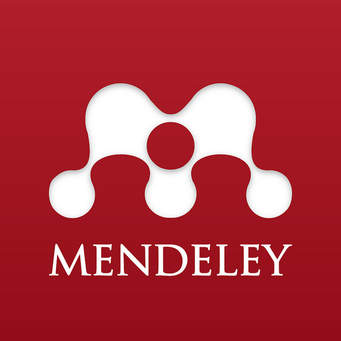Enrichment Opak Kelor Ikan Modifikasi dan Dampaknya pada Anak Stunting di Kabupaten Lombok Utara
Abstract
Full Text:
PDFReferences
Brown, Kenneth H. 2003. “Symposium : Nutrition and Infection , Prologue and Progress Since 1968 Diarrhea and Malnutrition 1,” 328–32.
Leoni, Astrine Permata. 2012. “Hubungan Umur, Asupan Protein, Dan Faktor Lainnya Dengan Kadar Gula Darah Puasa Pada Pegawai SATLANTAS Dan SUMDA Di POLRESTA Depok.” Jakarta: Universitas Indonesia.
Luthfiyah, Fifi. 2012. “PENGARUH SERBUK DAUN KELOR LOKAL NUSA TENGGARA BARAT (NTB) PADA TIKUS KURANG GIZI (EVALUASI BERAT BADAN DAN KADAR ALBUMIN SERUM).” Media Bina Ilmiah 6: 42–50.
Luthfiyah, Fifi, and Eddy Widjajanto. 2016. “Serbuk Daun Kelor Memulihkan Kondisi Fisik Gizi Buruk Pada Tikus Model Kurang Energi Protein The Effect of Leaves Powder Moringa Oleifera in Physical Recovery of Protein Energy Malnutrition Rat Model.” Journal Medicine of Brawijaya 26 (3): 131–35.
Nisak, Aulia Nurun, Prodi Pendidikan Kedokteran, Fakultas Kedokteran, and Universitas Sebelas Maret. 2014. “Daun Kelor Dan Ikan Gabus Suplemen Sebagai Menstruasi Remaja Anemia.” Journal of Nutrition Univ. Sebelas Maret Surakarta.
Riskesdas. 2013. “Riset Kesehatan Dasar Kementerian RI.” Proceedings, Annual Meeting - Air Pollution Control Association 6. https://doi.org/1 Desember 2013.
Shiundu, Kennedy M, Hon Prof, and Ruth K Oniang. 2006. “Principles of Nutritional Assessment by Rosalind S . Gibson” 5 (2): 4–5.
Suiraoka I Putu, Kusumajaya AAN, Larasati Nuki. 2011. “Perbedaan Konsumsi Energi, Protein Dan Vitamin A Dan Frekuensi Sakit Karena Infeksi Pada Anak Balita Stunting Dan Normal Di Wilayah Kerja Puskesmas Karangasem I.”
Suriaman, Edi, and Solikhatul Khasanah. 2017. “SKRINING AKTIVITAS ANTIBAKTERI DAUN KELOR ( Moringa Oleifera ), DAUN BIDARA LAUT ( Strychnos Ligustrina Blume ), DAN AMOXICILIN TERHADAP BAKTERI PATOGEN Staphylococcus Aureus” 3 (1): 21–25.
Thamrin, Abdullah, Retno Sri Lestari, Rudy Hartono, Jurusan Gizi, and Politeknik Kesehatan Kemenkes. 2013. “FORMULASI PEMBUATAN MAKANAN TAMBAHAN UNTUK BALITA GIZI KURANG” XV (1): 1–6.
WHO. 2005. PREVENTING CHRONIC DISEASE A VITAL INVESTMENT. World Health.
Wirawan, Susilo, and Fifi Luthfiyah. 2015. “KELOR SEBAGAI ALTERNATIF MAKANAN SELINGAN BERGIZI UNTUK IBU HAMIL KEK DI KABUPATEN LOMBOK UTARA , NTB ( Intervention The Giving of Food Tradisional Opak-Opak With Enrichment of the Yellow Tail Fish and Powder Leaves Moringa as an Food Alternative of Distr,” 203–10.
DOI: https://doi.org/10.32807/jgp.v5i1.169
Refbacks
- There are currently no refbacks.
Copyright (c) 2020 Jurnal Gizi Prima (Prime Nutrition Journal)

This work is licensed under a Creative Commons Attribution-ShareAlike 4.0 International License.
Address:
Jurnal Gizi Prima (Prime Nutrition Journal) 2656-2480 Kampus A Poltekkes Kemenkes Mataram, Jurusan Gizi, Jl. Praburangkasari Dasan Cermen Sandubaya Mataram.





